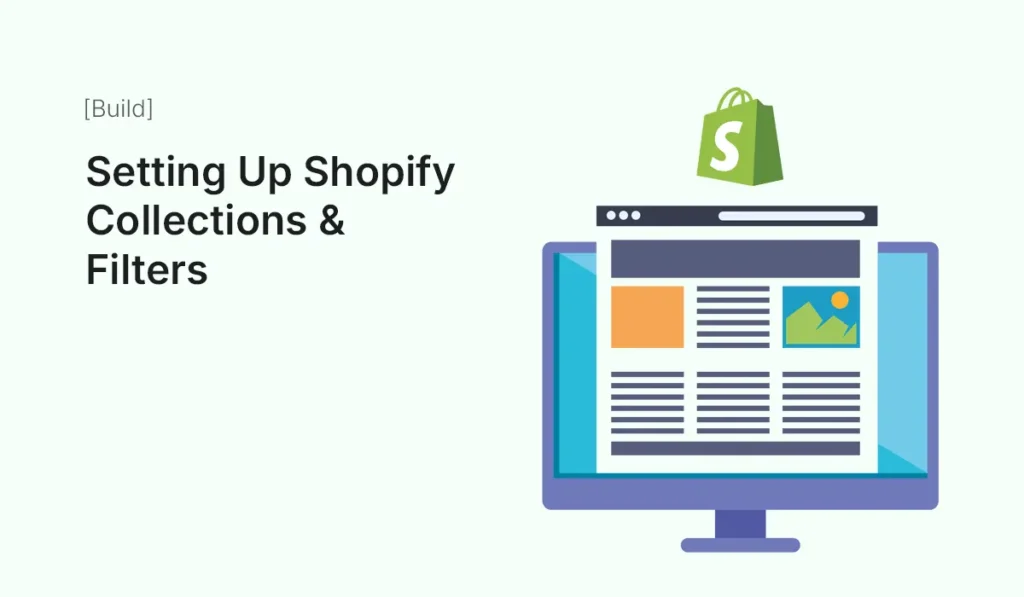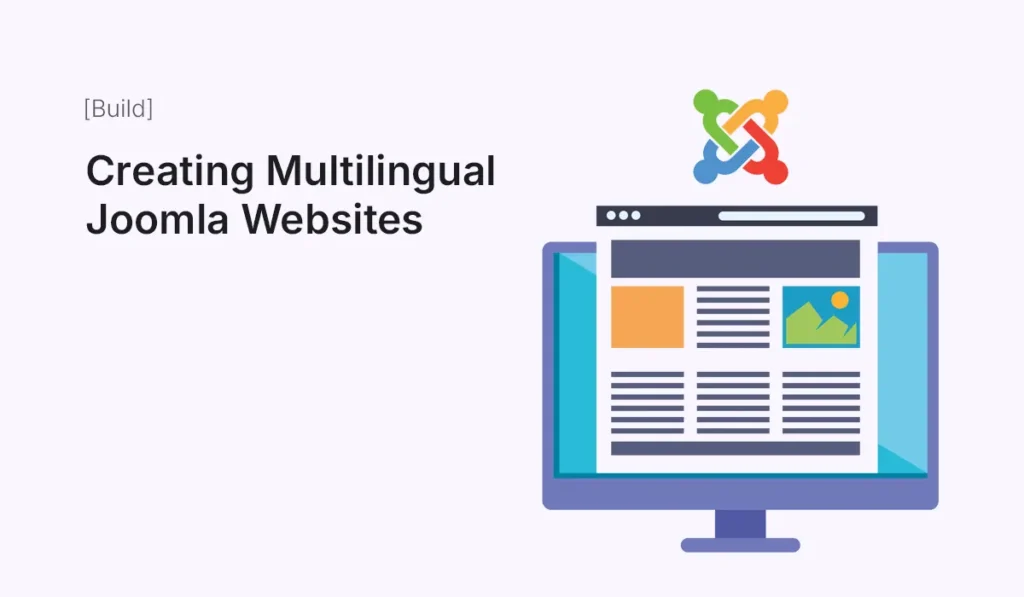Setting Up Shopify Collections & Filters

Introduction When running an online store, product organization is everything. Imagine walking into a physical store where items are scattered randomly — frustrating, right? The same applies to e-commerce. On Shopify, Collections and Filters are the key tools that make your store easy to navigate. They help shoppers quickly find what they want, improve the browsing experience, and increase conversions. In this guide, we’ll cover how to set up Shopify collections and filters step by step, along with best practices to organize your products effectively. What Are Shopify Collections? Collections in Shopify are groups of products that share common features or purposes. They work like “categories” in a traditional store. Types of Shopify Collections Example: A clothing store can create collections like Men’s Wear, Women’s Wear, New Arrivals, Sale Items, etc. What Are Shopify Filters? Filters (also known as faceted search) allow customers to refine results within a collection or search page. Common filter options include: Example: In a “Shoes” collection, filters let shoppers refine by size 9, black color, under $100. Benefits of Collections & Filters Step 1: Creating Shopify Collections Example Setup Step 2: Organizing Products with Tags Tags are essential for managing collections and filters. Example: Products tagged with “sale” automatically appear in the “Sale” collection. Step 3: Displaying Collections in Your Store Step 4: Enabling Shopify Filters As of Shopify’s Online Store 2.0, you can set up native filters without extra apps. How to Enable Filters Example: For a “Jackets” collection, you can enable filters for Size, Color, Price Range. Step 5: Using Metafields for Advanced Filters Metafields let you add custom product data (e.g., fabric type, care instructions, material). This allows for unique, industry-specific filters beyond standard options. Step 6: Filter & Collection Apps (For Advanced Needs) While Shopify’s built-in filters are great, apps give more flexibility. Recommended for stores with thousands of products. Step 7: SEO Optimization for Collections Collections often rank for high-traffic keywords. Optimize them like landing pages: Example: Collection “Running Shoes” could target keywords like best men’s running shoes online. Step 8: Best Practices for Collections & Filters Common Mistakes to Avoid Conclusion Setting up Shopify collections and filters is not just about organizing products — it’s about improving customer experience, boosting SEO, and driving conversions. A well-structured store makes it easy for shoppers to find what they need, reducing frustration and increasing sales. Whether you’re running a small boutique or a large catalog, collections and filters are the backbone of an effective Shopify store. Start small with manual collections, tags, and basic filters. As your store grows, leverage automation, metafields, and advanced filtering apps. Ready to improve your store’s navigation? Start setting up Shopify collections & filters today and make shopping easier while boosting conversions!
Creating Multilingual Joomla Websites

Joomla is one of the most popular CMS platforms for building multilingual websites. Unlike many other systems, Joomla comes with built-in multilingual support, meaning you don’t need third-party plugins to create a website in multiple languages. This makes Joomla an excellent choice for businesses, bloggers, and organizations looking to reach audiences worldwide. In this guide, we’ll walk you through the process of creating a multilingual Joomla website, covering everything from initial setup to advanced customization. Why Build a Multilingual Joomla Website? Before we dive into the “how,” let’s look at the “why.” Step 1: Prepare Your Joomla Site Before enabling multiple languages, make sure: Step 2: Install Additional Languages Repeat the process for all the languages you need. Step 3: Enable Language Content Once installed: This makes them available for menus, modules, and content. Step 4: Set Up Language Switcher A language switcher allows users to change the website language easily. Now visitors can switch languages directly from your site’s navigation. Step 5: Configure Multilingual Menus Each language requires its own menu: Pro Tip: Set up a default homepage for every language, so Joomla knows where to redirect users. Step 6: Create Multilingual Content Now, you can start creating pages for different languages: Repeat this process for all your pages and translations. Step 7: Use Associations for Easy Switching Joomla allows you to associate articles and menus between languages. For example: To set this up: This creates a seamless user experience. Step 8: Multilingual Modules Modules also need translations. For example, a contact form or footer. This ensures each version of your site feels complete and consistent. Step 9: Optimize SEO for Multilingual Joomla SEO is crucial for multilingual sites. Follow these best practices: Step 10: Test & Maintain Once your multilingual site is live: Advanced Tips Conclusion Creating a multilingual Joomla website may seem complex at first, but with Joomla’s built-in tools, the process is straightforward. By installing languages, setting up menus, configuring a language switcher, and optimizing for SEO, you can deliver a seamless, localized experience to your audience. Whether you’re running a business, nonprofit, or blog, a multilingual Joomla site helps you connect with people worldwide—boosting visibility, trust, and growth. Start building your multilingual Joomla website today and reach a global audience with localized content and seamless navigation!
